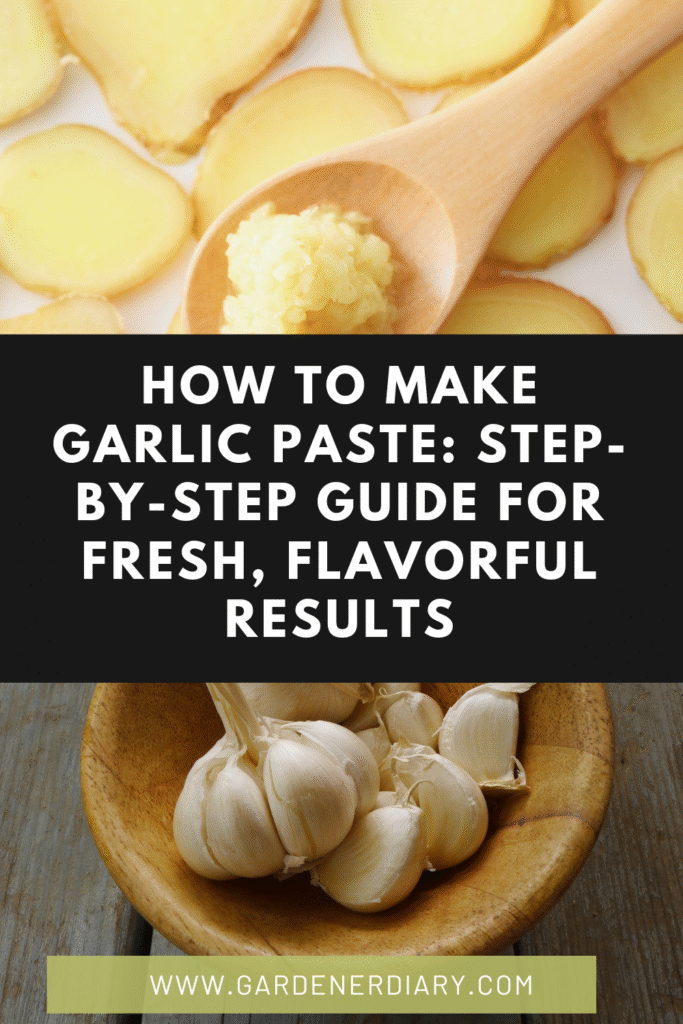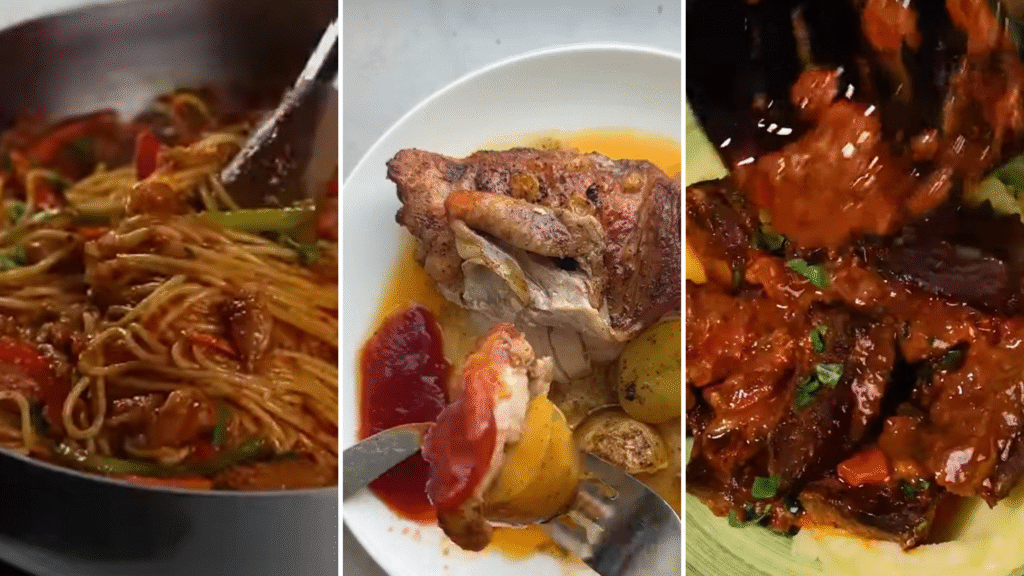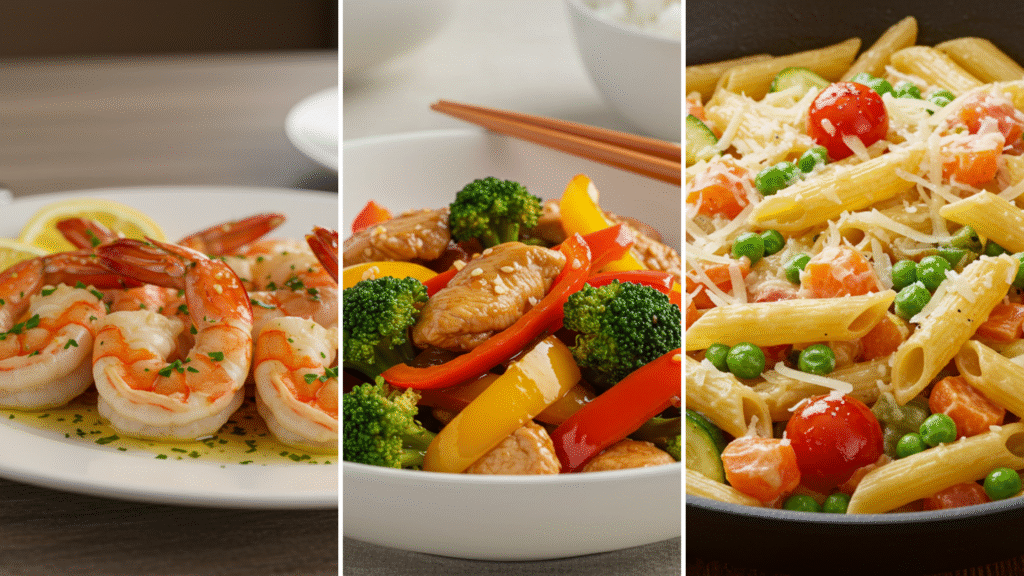Garlic paste is one of the most versatile kitchen staples you can prepare. It delivers a concentrated garlic flavor that blends easily into sauces, marinades, soups, and more. Unlike minced or chopped garlic, garlic paste has a smooth, spreadable texture that ensures an even distribution of flavor in any dish.
Making garlic paste at home is simple, cost-effective, and allows you to control freshness and quality. In this guide, we’ll walk through the best methods for making garlic paste, how to store it, and how to use it in your cooking. You can also explore other garlic preparations like garlic confit, roasted garlic, or garlic powder for different flavor profiles.
Key Takeaway:
- Garlic paste is easy to make with fresh garlic, a blender, and optional oil or salt.
- Homemade paste is fresher and more customizable than store-bought versions.
- Store in the fridge for up to 10 days or freeze for long-term use.
- Works in marinades, soups, breads, sauces, and more.
What is Garlic Paste?
Garlic paste is made by blending or grinding peeled garlic cloves into a smooth consistency. The paste can be made using only garlic or combined with a small amount of oil and salt for better texture and preservation. It’s a staple in many cuisines, from Indian curries to Mediterranean marinades. The smooth texture makes it perfect for recipes where you want garlic flavor without the bite of raw pieces.
Benefits of Making Garlic Paste at Home
- Freshness – Homemade paste is more flavorful than store-bought versions, which often contain preservatives.
- Customizable – You can adjust the strength, add salt, or mix in oil for a smoother finish.
- Cost-Effective – Buying fresh garlic in bulk is cheaper than purchasing ready-made paste.
- Versatile – Works in marinades, soups, sauces, breads, and more.
For instance, homemade garlic paste can be used in recipes like garlic sauce for chicken, garlic bread, or garlic aioli.
Choosing the Right Garlic for Paste
For the best results, use fresh, firm bulbs with tight, papery skin. Avoid cloves that are soft, sprouting, or have green shoots inside, as they can taste bitter. If you’ve recently harvested garlic, you may want to let it dry naturally by curing garlic before making paste for longer storage life.
How to Peel Garlic Quickly
Peeling garlic is often the most time-consuming step. If you’re making a large batch of paste, you’ll want to peel efficiently.
Try these methods:
- Smash and Peel – Place the flat side of a knife over the clove, press down firmly, and the skin will loosen easily.
- Shake Method – Place cloves in a jar, seal, and shake vigorously for 15–20 seconds. The skins will separate from the cloves.
- Microwave Method – Microwave cloves for 10 seconds, and skins will peel right off.
For more peeling tips, check out our detailed guide on how to peel garlic quickly.
Ingredients for Garlic Paste
Basic Garlic Paste:
- Fresh garlic cloves (about 2 cups peeled)
- 2–4 tablespoons of oil (optional, helps with texture and preservation)
- 1–2 teaspoons salt (optional, acts as a preservative)
Equipment You’ll Need
- Knife and cutting board
- Blender, food processor, or mortar and pestle
- Airtight container or jar for storage
If you’re making smaller batches, a garlic press (learn how to use a garlic press) can also help crush the cloves before blending.
Step-by-Step: How to Make Garlic Paste
Step 1: Prepare the Garlic
Peel the garlic cloves completely. Remove any green shoots from the center to prevent bitterness.
Step 2: Blend or Crush
Place the peeled cloves in a blender or food processor. Add a small amount of oil if you prefer a smoother paste. Alternatively, use a mortar and pestle for a more traditional method. This gives a slightly chunkier texture and richer flavor release.
Step 3: Add Salt (Optional)
Add salt to the garlic while blending. Salt not only seasons the paste but also acts as a preservative to extend shelf life.
Step 4: Process Until Smooth
Blend until you reach a smooth, uniform consistency. Scrape down the sides as needed.
Step 5: Store Properly
Transfer the paste into an airtight container. Smooth the top and drizzle a thin layer of oil over it to prevent oxidation.
How to Store Garlic Paste
Fresh garlic paste should be stored in the refrigerator and used within 7–10 days.
For longer storage:
- Freezing – Spoon paste into an ice cube tray, freeze, then transfer cubes into a freezer bag. This is similar to freezing whole garlic cloves.
- Oil Preservation – Store in oil in the fridge for up to 2 weeks.
- Dehydrating – Spread paste thinly, dry, then grind into garlic powder.
How to Use Garlic Paste in Cooking
Garlic paste is a versatile ingredient that works in countless recipes:
- Marinades – Combine with lemon juice, herbs, and spices for chicken, fish, or beef. Try it in garlic sauce for kebab or garlic sauce for prawns.
- Soups & Stews – Stir into broths for deep flavor.
- Breads – Spread on bread with butter for instant garlic toast or garlic bread.
- Pasta Dishes – Mix into sauces like garlic sauce for pasta.
- Dips & Dressings – Blend into garlic aioli or Chinese garlic sauce.
Tips for the Best Garlic Paste
- Use fresh garlic for maximum flavor.
- Avoid over-processing if you prefer a more rustic texture.
- Store in small portions to prevent spoilage.
- Add oil only if you plan to refrigerate or freeze immediately.
Related Garlic Recipes You Might Like
- How to Roast Garlic in the Oven
- How to Make Garlic Confit
- How to Cook with Garlic Scapes
- How to Make Garlic Sauce


